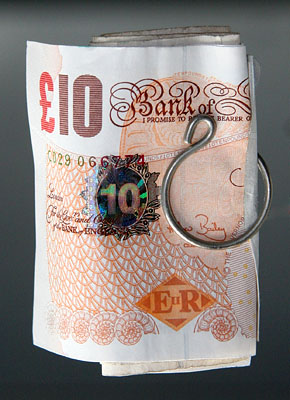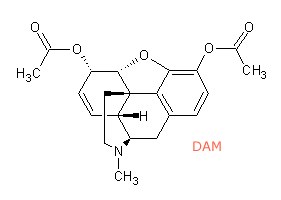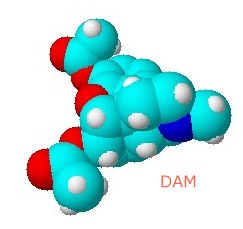Scientists in Bristol have developed a new analytical technique that involves feeding bank notes into a mass spectrometer to help forensic scientists to quickly distinguish between notes contaminated with illicit drugs and money from general circulation. The test is much faster than earlier forensic methods and could provide law enforcers with high-quality evidence to tackle drug crime.
Richard Brereton of the University of Bristol working with Karl Ebejer, James Carter, Samantha Ollerton, and Richard Sleeman of Mass Spec Analytical Ltd in Bristol have extended tandem mass spectroscopy to find a way to obtain a chemical fingerprint from bank notes that can rapidly distinguish between notes handled by the general population and those that have come into contact with illicit drugs, such as cocaine and heroin.

Richard Brereton
People involved in drug-trafficking are not always involved in handling illicit drugs, but they may possess cash that has been held by others who come into contact with drugs, so finding traces of drugs on an unusually high proportion of bank notes is another piece of evidence that could help guide a police investigation, or be used in court, explains Ebejer.
Mass spectrometry is a sophisticated analytical technique used to detect traces of chemicals present in any given sample. Ebejer and his colleagues tested bank notes recovered during police raids by heating the notes to 285 Celsius, which vaporises contaminants, and then spraying this vapour into the mass spectrometer’s ionising chamber. Inside the chamber any contaminants break apart into charged fragments, which are then detected and a spectrum produced with peaks corresponding to the mass/charge of each fragment.

Flicked notes (photo by David Bradley)
Previously, the team demonstrated that almost every bank note in circulation carries some trace of cocaine. In this latest research, Ebejer and his colleagues could detect the presence of diacetylmorphine, or diamorphine, DAM, the main active component of illicit heroin and a characteristic marker for the drug. They found DAM on about 2% of the bank notes they tested. The team were looking for the presence of spectral peaks due to two particular chemical fragments. The presence of either one would not be conclusive but both together would only arise if the notes were contaminated with DAM.

Diacetylmorphine, DAM
Finding lots of contaminated bank notes in a bundle indicates that the money has recently been in contact with heroin and is, therefore, unlikely to have come from general circulation. The association doesn’t prove guilt, but cries out for an explanation, says Ebejer. If a defendant can offer no reasonable explanation as to why they possess a large quantity of cash, and why this cash is highly contaminated with heroin a jury must draw its own conclusions.

DAM molecular structure (by David Bradley)
Of course, one thing that would spoil such spectral evidence is if the money had been laundered before the police raid!
Further reading
Rapid Commun Mass Spectrom, 2005, 19, 2137-2143
http://dx.doi.org/10.1002/rcm.2042
Professor Richard Brereton
http://www.chm.bris.ac.uk/staff/rbrer.htm
Suggested searches
mass spectrometry